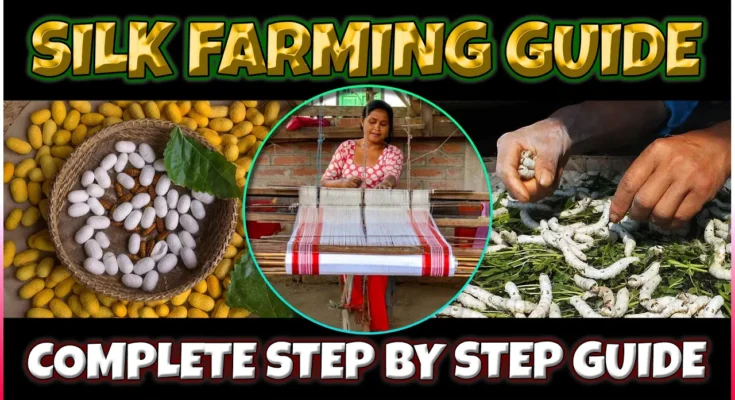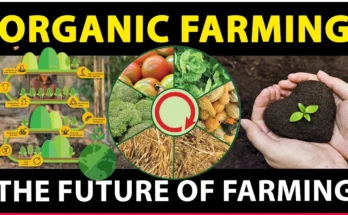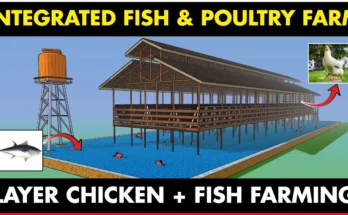Silk Farming (Sericulture): From Cocoon to Luxurious Fabric – The Complete Process
Have you ever wondered how silkworms create one of the world’s most luxurious fabrics? In this video, we take you through the entire silk farming process—from raising silkworms to harvesting cocoons and transforming them into beautiful silk threads.
Why Silk Farming (Sericulture) is So Fascinating
- Ancient Craft: Sericulture dates back over 5,000 years in China.
- High-Value Product: Silk is one of the most sought-after natural fabrics.
Sustainable Income: Ideal for small-scale farmers and textile businesses.
Step-by-Step Silk Production Process
1. Silkworm Rearing
✔ Egg Hatching: Tiny silkworms emerge from eggs.
✔ Feeding: Fed exclusively on fresh mulberry leaves for 25-30 days.
✔ Growth Stages: Silkworms molt multiple times before spinning cocoons.
2. Cocoon Harvesting
✔ Spinning Process: Silkworms spin cocoons in 3-8 days.
✔ Boiling Cocoons: Softens sericin (silk gum) to extract threads.
✔ Reeling Silk: Unwinding delicate silk filaments from cocoons.
3. Silk Thread Production
✔ Twisting & Dyeing: Raw silk is twisted into threads and dyed.
✔ Weaving Fabric: Silk threads are woven into luxurious textiles.
Did You Know?
🐛 1 cocoon produces 300-900 meters of silk thread!
🌿 It takes 2,500 silkworms to make 1 pound of raw silk.
💰 The global silk market is worth over $16 billion annually.
Would you try silk farming? Let us know in the comments!
Also View: Coconut Tree Climbing Machine | Coconut Tree Climber Bike




